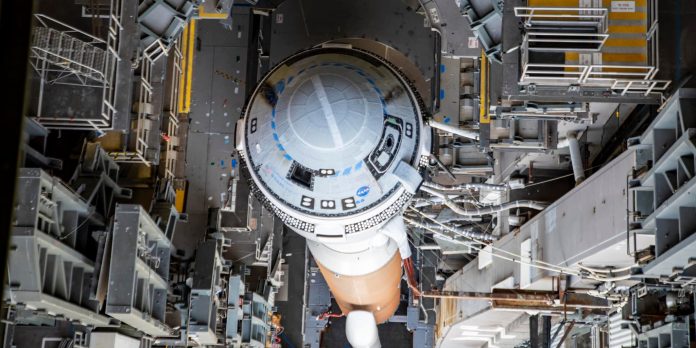CAPE CANAVERAL, Fla. — In the midst of a warning of a “disaster,” NASA, Boeing and the United Launch Alliance said the Boeing Crew Flight Test will launch no earlier than 5:16 p.m. CDT Friday to the International Space Station.
Following a thorough data review after last week’s scrub, United Launch Alliance said its technicians replaced a pressure regulation valve on the liquid oxygen tank on the Atlas V rocket’s Centaur upper stage. The launch will be the 100th overall mission for the ULA Atlas V rocket, and the first time the vehicle has carried crew. The mission will also be the first crewed launch from Cape Canaveral Space Force Station since the Apollo era.
ULA rolled the rocket, with Boeing’s Starliner spacecraft, back to its Vertical Integration Facility at Cape Canaveral Space Force Station to begin the replacement. The ULA team performed leak checks and functional checkouts.
Meanwhile, a former contractor for Boeing called on the space agency to cancel the Starliner launch “due to the risk of a disaster … on the launchpad.”
ValveTech CEO Erin Faville reportedly said that Aerojet Rocketdyne-built valves on Starliner were not properly qualified for human flight, which she has communicated to the space agency and Boeing.
Faville’s company lost a decade-long court battle this month in a dispute with Aerojet Rocketdyne over valve designs.
In a statement, Boeing said the valves “meet all NASA and Boeing requirements,” and “ValveTech’s speculation about the cause of the scrub on Monday night is inaccurate and irresponsible.”
ULA CEO Tory Bruno also came out against Faville’s claims, posting on X that “Remarkable that the particular person quoted doesn’t seem to know how this type of valve works…”
This is nonsensical. I have complete faith in @ulalaunch and @nasa to make the correct decision regarding the Atlas V rocket’s readiness. https://t.co/MfW16sfops
— Eric Berger (@SciGuySpace) May 9, 2024
Wilmore and Williams spent the weekend in quarantine at the Johnson Space Center before returning to the Kennedy Space Center. The duo will be the first to launch aboard Starliner to the space station as part of the agency’s Commercial Crew Program.
The astronauts will spend about a week at the orbiting laboratory before returning to Earth and making a parachute and airbag-assisted landing in the southwestern United States.
After completion of the mission, NASA will finalize certification of Starliner and its systems for crewed rotation missions to the space station.
The Starliner capsule, with a diameter of 15 feet (4.56 meters) and the capability to steer automatically or manually, will carry four astronauts, or a mix of crew and cargo, for NASA missions to low Earth orbit.
Don’t miss out! Subscribe to our email newsletter to have all our smart stories delivered to your inbox.



